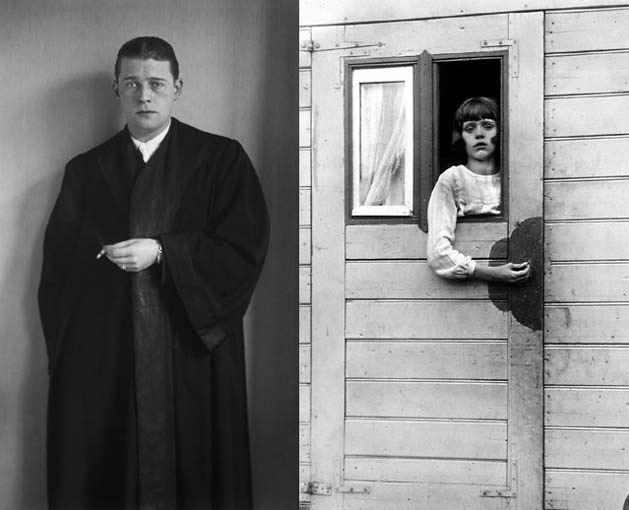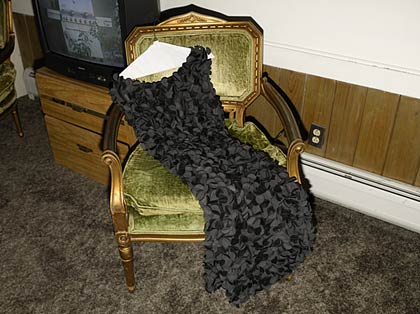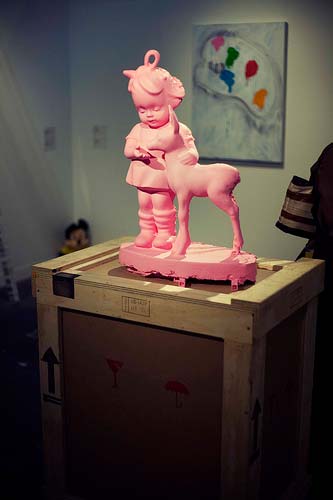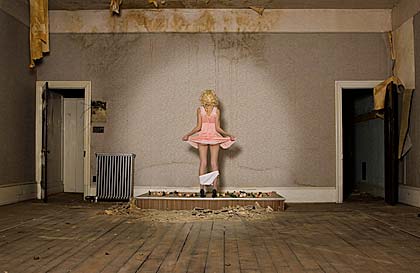In the 55 years since Albert Einstein’s death, many scientists have tried to figure out what made him so smart.
But no one tried harder than a pathologist named Thomas Harvey, who lost his job and his reputation in a quest to unlock the secrets of Einstein’s genius. Harvey never found the answer. But through an unlikely sequence of events, his search helped transform our understanding of how the brain works.
How that happened is a bizarre story that involves a dead genius, a stolen brain, a rogue scientist and a crazy idea that turned out not to be so crazy.
The genius, Einstein, died April 18, 1955, at Princeton Hospital in Princeton, N.J. Within hours, the quiet town was swarming with reporters and scientific luminaries, and people who simply wanted to be near the great man one last time, says Michael Paterniti, a writer who did a lot of research on the events of that day.
“It was like the death of the prophet,” Paterniti says. “And so it got a little bit crazy.”
Things got especially crazy for Thomas Harvey, who performed the autopsy on Einstein. During the procedure, he removed the brain to examine it, which is routine.
But instead of placing the brain back in the skull, Harvey put it in a jar of formaldehyde, Paterniti says.
“And out of that complete, sort of melee of the moment, he made off with the brain, and it was under somewhat dubious circumstances,” Paterniti says.
Harvey later said Einstein’s older son Hans Albert had given him permission to take the brain. But the Einstein family denied this.
In any event, Harvey lost his job and was denounced by many colleagues. But he kept the brain. His justification, Paterniti says, was a sense of duty to science. (…)
Along the way, Harvey told Paterniti how he had tried to fulfill his duty to science by periodically sending bits of Einstein’s brain to various neuroscientists. (…) One scientist who’d asked for samples was Marian Diamond at the University of California, Berkeley. She wanted pieces from four areas in Einstein’s brain. (…)
At the time, the 1980s, most scientists still believed all the important work in the brain was done by neurons. And researchers had already learned from other samples of Einstein’s brain that he didn’t have a lot of extra neurons.
But Diamond was fascinated by another type of brain cell, called a glial cell. Glia means glue. And the assumption back then was that glial cells were just glue holding a brain together.
Diamond wanted to see if there were more of the glial cells known as astrocytes and oligodendrocytes in Einstein’s brain. So she counted them and found that there were, especially in the tissue from an area involved in imagery and complex thinking. (…)
Discoveries about the role of glia in the brain have caused a revolution of sorts in the world of neuroscience during the past couple of decades.
“Now we can see scores of ways in which astrocytes could be involved in many cognitive processes,” Fields says. “And now it’s not so crazy to find that there were abnormally high numbers of astrocytes in the parts of Einstein’s brain involved in imagery and mathematical ability and that sort of thing.”
{ NPR | Continue reading }





















